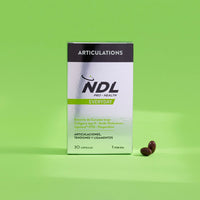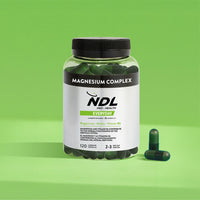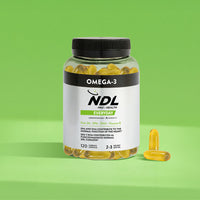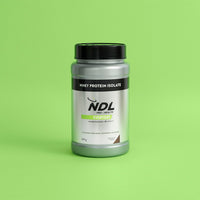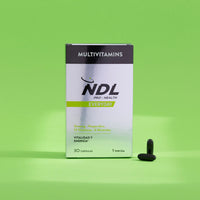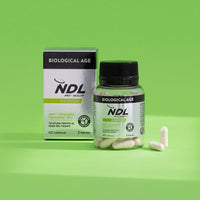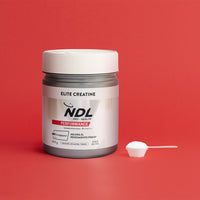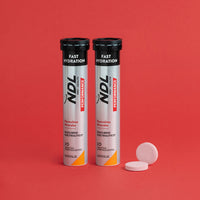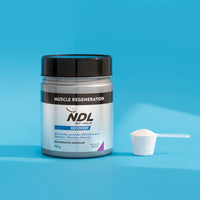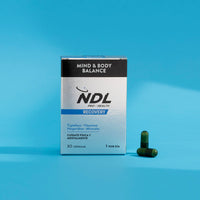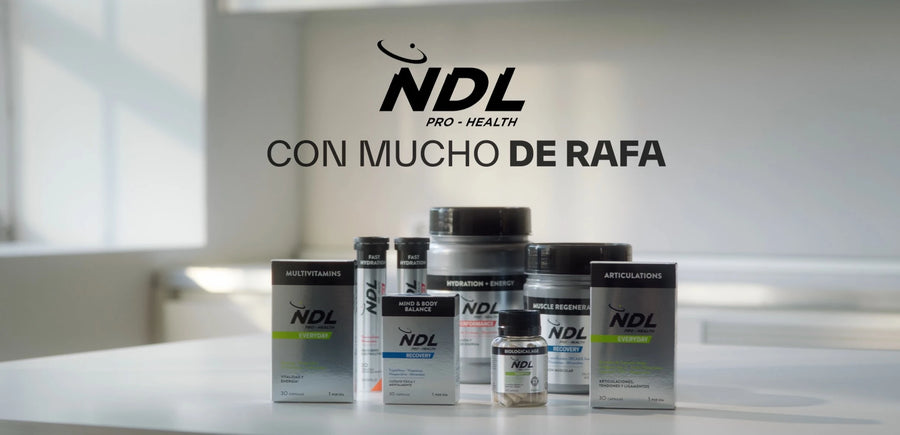Vitamin D3 is an essential nutrient that plays a key role in bone, muscle, and immune health. Unlike other vitamins, it is not only obtained through diet, but the body can also naturally synthesize it when the skin is exposed to sunlight.
Its most well-known function is to support the absorption of calcium and phosphorus, which are fundamental for maintaining strong bones and preventing bone demineralization.
However, in recent years, scientific research has shown that vitamin D3 also has broader functions, such as supporting the immune system, contributing to muscle function, and participating in the overall balance of the body.
Despite its importance, vitamin D3 deficiency is very common worldwide, especially among people with low sun exposure or those in risk groups. This is why there is increasing discussion about the need to maintain adequate levels and, in some cases, to turn to supplementation.
In this article, we will look at what vitamin D3 is, what it is used for, and how to obtain it safely and effectively.
What is vitamin D3?
Vitamin D3, also known as cholecalciferol, is one of the most important forms of vitamin D. It is a fat-soluble vitamin, meaning it dissolves in fats and is stored in body tissues for later use.
Unlike other vitamins, D3 is not only obtained through diet, but the body can synthesize it naturally in the skin from cholesterol when exposed to ultraviolet B (UVB) rays from the sun.
Its main function is to maintain the balance of calcium and phosphorus in the blood, which is essential for the formation and maintenance of strong bones and teeth. In addition, vitamin D3 acts like a regulatory hormone, influencing immune and muscle function, as well as multiple metabolic processes.
What is vitamin D3 used for?
Vitamin D3 plays essential roles in the body that go far beyond bone health. Its main benefits include:
- Bone and dental health: it facilitates the absorption of calcium and phosphorus in the intestine and regulates their levels in the blood, preventing problems such as osteoporosis, osteomalacia, or rickets.
- Immune system: it strengthens the body’s natural defenses and helps reduce the risk of respiratory infections and other illnesses associated with a weakened immune system.
- Muscle function: it is involved in muscle contraction and strength, helping maintain mobility and reducing the risk of falls in older adults.
- General well-being and mood: several studies suggest that adequate vitamin D3 levels may be linked to reduced fatigue and improved mood, especially during months with limited sun exposure.
In summary, vitamin D3 is essential for keeping the body in balance, acting as a key regulator of mineral metabolism and as comprehensive support for the immune and muscular systems.
How to obtain vitamin D3
Maintaining adequate levels of vitamin D3 depends on a combination of lifestyle, diet, and, in some cases, supplementation. Here are the main ways to get it:
- Sun exposure: the most natural and effective source. The skin synthesizes vitamin D3 when exposed to ultraviolet B (UVB) rays. Factors such as the season, latitude, sunscreen use, age, and skin tone affect the amount produced. Just 10 to 20 minutes of direct sunlight on arms and legs, several times per week, can stimulate production (always avoiding overexposure).
- Foods rich in vitamin D3: although few foods contain significant amounts, the most notable are fatty fish (salmon, mackerel, sardines), liver, egg yolk, and whole dairy products. There are also fortified products such as plant-based drinks, cereals, or enriched dairy.
- Vitamin D3 supplements: in many cases, especially in winter or in people at risk of deficiency (older adults, pregnant women, people with darker skin, or those with limited sun exposure), supplementation may be necessary. It is available in capsules, drops, or tablets and is often combined with vitamin K2 to improve its effectiveness in bone health.
The choice between sun, diet, or supplements depends on individual circumstances. The best approach is to maintain a balance among the three sources and, in case of doubt, check vitamin D levels through a blood test.
Vitamin D3 deficiency
Vitamin D3 deficiency is very common worldwide and can affect people of any age. It is estimated that a large part of the population has levels below the recommended range, especially in countries with little winter sun exposure or in people who spend most of their time indoors.
Most common causes:
- Low sun exposure: living at high latitudes, continuous sunscreen use, or spending little time outdoors.
- Advanced age: as we age, the skin loses its ability to synthesize vitamin D.
- Darker skin: contains more melanin, which reduces vitamin D3 production in the skin.
- Lifestyle factors: sedentary habits, wearing clothing that covers most of the body, or working indoors.
- Absorption problems: intestinal or liver diseases that make it difficult to absorb fats, since vitamin D3 is fat-soluble.
Symptoms of deficiency:
- Persistent fatigue and tiredness.
- Bone pain and muscle weakness.
- Increased susceptibility to infections.
- In severe cases: rickets in children and osteomalacia in adults.
Diagnosis: The most reliable way to determine vitamin D3 levels is through a blood test measuring the concentration of 25-hydroxyvitamin D (25-OH-D). Values below 20 ng/mL are usually considered insufficient.
Therefore, vitamin D3 deficiency is a common and often silent issue that can negatively impact bone, muscle, and immune health if not addressed in time.

How to take vitamin D3
The way vitamin D3 is supplemented depends on age, health status, and previous blood test results. There is no single dose for everyone, but there are general recommendations to use as guidance:
Recommended dosage:
- In healthy adults: typically ranges between 600 and 1000 IU per day to maintain adequate levels.
- In people with diagnosed deficiency: healthcare professionals may prescribe higher doses (2000–4000 IU or even weekly/monthly regimens).
When to take it: as a fat-soluble vitamin, it is better absorbed when taken with foods that contain healthy fats (avocado, nuts, olive oil, etc.).
Duration of supplementation: it may be temporary (during the winter or periods of low sun exposure) or long-term if there is a risk of chronic deficiency. Regular monitoring is recommended to adjust dosage as needed.
Precautions: excessive vitamin D3 intake can cause hypercalcemia (high calcium levels in the blood), with symptoms such as nausea, weakness, or kidney problems. The daily limit of 4000 IU in adults should not be exceeded unless prescribed by a doctor. Supplementation should always be personalized after clinical and laboratory assessment.
In conclusion, vitamin D3 is much more than just a nutrient: it acts as an essential regulator of mineral metabolism, supports bone and muscle health, strengthens the immune system, and contributes to the body’s overall balance.
Although it can be naturally produced through sun exposure, vitamin D3 deficiency is very common in the population, which makes diet and supplementation key tools to maintain adequate levels.
Responsible use, tailored to individual needs and under healthcare professional guidance, allows one to fully benefit from vitamin D3 and prevent problems associated with its deficiency.
Ultimately, maintaining optimal vitamin D3 levels is a fundamental strategy to safeguard health in both the short and long term.
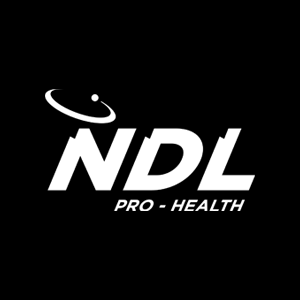
From the NDL Pro-Health team we will provide you with tips to maintain a healthy lifestyle. Sharing knowledge and product recommendations to offer optimal solutions for your daily routine, for your workouts and subsequent recovery, all with the goal of helping you achieve physical and mental wellness.

